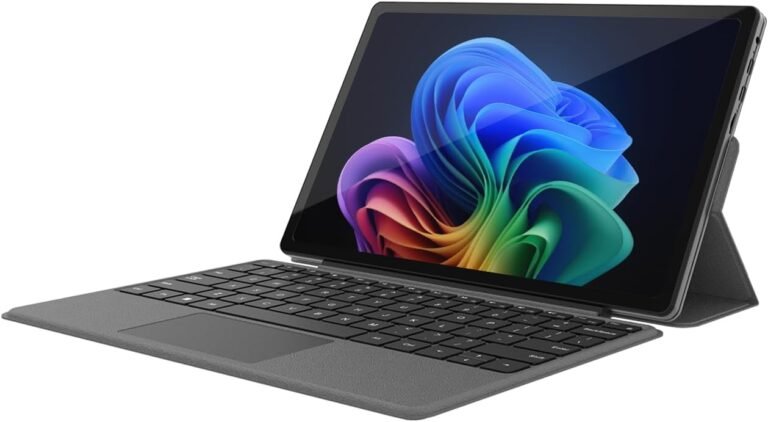
In today’s interconnected and multi-functional digital environments, the ability to use multiple user accounts on a single device plays a crucial role in enhancing productivity, improving security, and maintaining personalized user experiences. Whether you are sharing an Android tablet among family members or managing multiple profiles on a Windows PC for work and personal use, employing multiple user accounts efficiently can optimize device use and protect sensitive data. This article explores the benefits, types, and practical steps to use multiple user accounts across popular platforms, unlocking a higher level of organization and security in your digital life.
Understanding Multiple User Accounts
What Are Multiple User Accounts?
Multiple user accounts refer to the capability of a device to support separate login profiles that isolate applications, settings, files, and preferences for different individuals or purposes. Each account functions independently, allowing users to maintain unique environments while sharing the same hardware.
Why Use Multiple User Accounts?
- Enhanced Privacy and Security: Each user’s data and apps remain separated, preventing unauthorized access.
- Personalized Experience: Custom settings, themes, and applications can be tailored for each user.
- Work-Life Separation: Distinct accounts help prevent overlap between personal, professional, or educational data.
- Parental Controls and Restrictions: Manage children’s usage with limited accounts.
- Resource Management: Some systems allow background operation of secondary users without affecting the primary user.
Multiple User Accounts on Android Devices
Android’s multi-user feature is robust, enabling distinct user profiles or accounts on a single device such as tablets or smartphones. This is particularly useful for families sharing devices or in enterprise environments.
Key Features of Android Multi-User Mode
-
User Types:
- System User: The default and primary account with special privileges.
- Secondary Users: Additional full user accounts with isolated app data.
- Guest User: Temporary profile for short-term use.
- Profiles:
- Managed Profile: Separate workspace for work apps, managed by IT policies.
- Restricted Profile: Limited access to apps (available mainly on tablets).
- Clone and Private Profiles: Specialized profiles for running multiple app instances or private data sections.
-
Enabling Multi-User: This feature is generally disabled by default on smartphones but enabled on tablets or customized devices. Manufacturers must configure resource files to allow multiple users.
-
Data Separation: Apps and their data are sandboxed per user, enhancing security and privacy.
How to Use Multiple User Accounts on Android
- Go to Settings > System > Multiple users (location may vary).
- Tap Add user or Add guest.
- Configure the new user’s profile, which can include adding Google accounts, apps, and personal settings.
- Switch between users via the notification shade or lock screen.

Using Multiple User Accounts on Windows
Windows has long supported multiple user accounts, making it equally beneficial for families, professionals, and organizations to coexist on a single PC.
Benefits of Multiple Accounts in Windows
- Keep personal and work-related files separate.
- Assign administrative privileges only to trusted users.
- Enable parental controls on child accounts.
- Provide secure environments for users with different access levels.
How to Add and Manage Users on Windows 10 and 11
- Open Settings > Accounts > Other users.
- Choose Add account, and follow prompts to add a Microsoft account or create a local account.
- For family groups, use Settings > Accounts > Family & other users to add members with tailored permissions.
- Set user account types:
- Administrator: Full control over the system.
- Standard User: Limited access, ideal for daily tasks.
- Switch accounts by logging out or using the Switch user feature from the Start menu or lock screen.
Connecting Work or School Accounts
Windows also allows adding work or school accounts through Settings > Accounts > Access work or school, enabling seamless access to organizational resources while keeping work data compartmentalized.
Removing User Accounts
Users can be removed via the same settings page without deleting the Microsoft accounts, thus preserving the data on the cloud but removing local access and data.
Best Practices for Using Multiple User Accounts
- Limit Administrator Accounts: Keep admin users restricted to enhance security.
- Regularly Update Accounts: Ensure each user keeps their software and passwords up to date.
- Use Strong Authentication: Enable Windows Hello or two-factor authentication where possible.
- Backup Important Data: Maintain backup copies per user to avoid loss.
- Educate Users: Make sure every user understands the importance of separate accounts for security and privacy.
Conclusion
Harnessing the power of multiple user accounts on your devices is a strategic way to boost productivity, ensure privacy, and streamline personal and professional workflows. Whether on Android or Windows platforms, understanding the types of user profiles available, their unique features, and how to manage them effectively will empower you to create versatile, secure, and personalized digital environments. By adopting these practices, you can maximize device value, simplify management, and achieve a well-organized user experience tailored to multiple individuals or roles.









